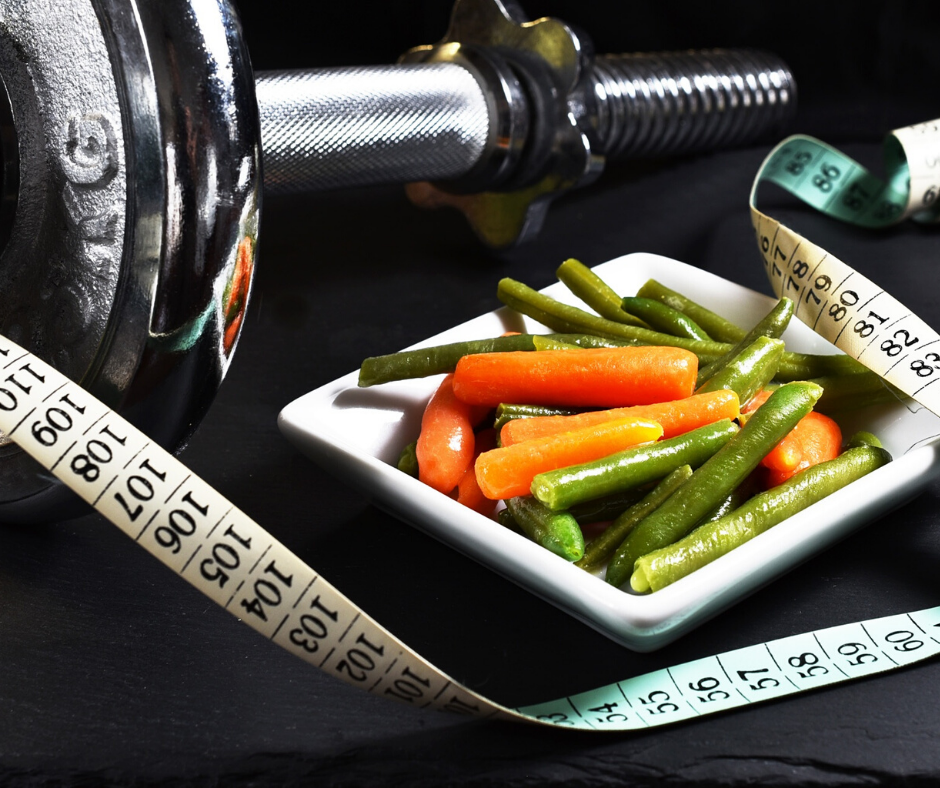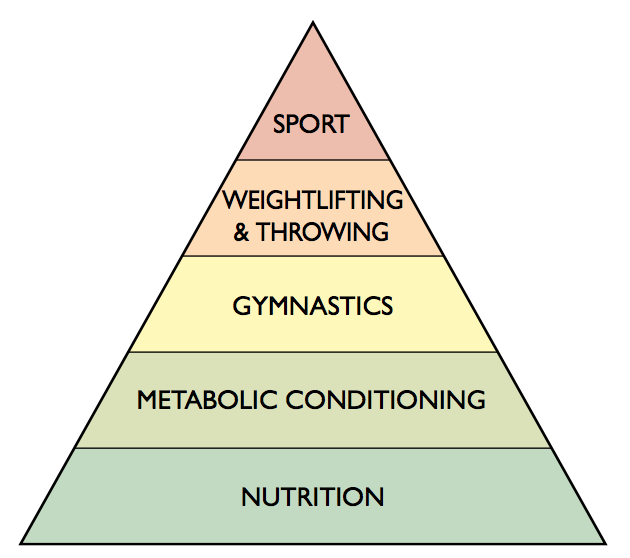Are you ready to get great results too? Join our next Nutrition Challenge start by clicking the button below!


If you’re looking to add some new summer recipes to your routine we have just the recipe for you! This recipe is perfect for those hot summer days since you don’t even have to turn on your oven.
Enjoy!
If you’re interested in learning more about our nutrition program, click here.

Inflammation in the body is known to contribute to several chronic diseases such as diabetes, heart disease, asthma, inflammatory gut disorders, arthritis, obesity, cancer, and dementia. Eating an Anti Inflammatory Diet may help to lessen inflammation and decrease chronic disease. Here are some simple guidelines:
1) Consume adequate omega-3 fatty acids.
• Eat two servings (4 ounces or 113 g each) of fatty fish per week OR supplement with 1–4 g of combined EPA+DHA daily. These will be listed on the supplement facts label.
• Reduce intake of omega-6 fatty acids to keep ratio of omega-6 to omega-3 in the range of 2:1 to 4:1.
• Flaxseeds and flaxseed oil are a great source of omega-3 fatty acids, in addition to fish.
2) Choose healthy fats.
• Replace vegetable oils, trans-fats, or butter with extra-virgin olive oil.
3) Increase vegetable and fruit intake (especially vegetables).
• Consume 5–9 servings of vegetables and fruits per day, with more than half as vegetables.
• Color your diet! Deeply colored fruits and vegetables contain higher amounts of protective phytochemicals.
• Use the plate method: the biggest portion (half the plate) is where the vegetables go(excluding potatoes).
4) Choose whole grain carbohydrates and limit the portion sizes.
• Choose carbohydrates that are whole grain and aim for a total of 25 g of fiber per day.
• Rx: Double your vegetable intake, and half your intake of refined carbohydrates (anything with flour and/or sugar)!
5) Get your protein from plant sources such as legumes, nuts, and seeds, and/or choose lean, natural animal sources of protein in moderate amounts (grass-fed or pastured if possible).
6) Spice it up! Include anti-inflammatory herbs and spices such as garlic, turmeric, rosemary, ginger, oregano, cumin, and cayenne in your diet.
7) Eat mindfully
• Be mindful of your food portions. Quality AND quantity matter. Regardless of how healthy your food
choices are, excess calories from any source can increase inflammation and obesity.
• Savor your food, chew slowly and ENJOY IT!!!

My current actions become what future? Society has ingrained in our minds that weight is important. Somehow “we know” if we are getting fitter or closer to a body transformation if the number on the scale is going down. Is the scale really the most important thing? Are we taking the actions that put us on the right track for the future we want?
Here at CFJG, we are all about ditching the scale as our sole measurement. Instead we take biometric measures for additional data points and to help us speak the language that most relate to when thinking about improving their health. Weight however carries less value to us in the grand scheme of better your overall health. Don’t get me wrong, since it matters to you, it matters to us. But we never zone in solely on this number.
In our experience, the number on the scale is the most common number that people reference when trying to gauge their current level of health. Striving to add 10lbs to a deadlift, cutting time off your 1 mile run, or getting a strict pull up sounds awesome. But many who are starting with us may not be able to see how improving physical performance translates to improved biometric measures.
If you’ve been with us for awhile now, we hope we’ve convinced you to chase performance and trust in us that by doing so you will be healthier. A better version of your former self.
We use the Theoretical Hierarchy of Training Development to help guide our athletes to success. This model helps us analyze our members shortcomings or more positively put, areas for improvement.
When you’re looking to get fitter or change any of your biomarkers we recommend you consult the hierarchy first! This will direct you the right current actions that become what future you’d like to have. Those actions will give you the most bang for the buck. Ask yourself, how strong is my base (nutrition)? If you haven’t fine tuned your nutrition yet the good news is you have a ton of potential! May you have done some fine tuning, but it hasn’t stuck. I think we can all admit that our nutrition could be better. The good news is, since nurition is the base, it only takes small changes to start seeing the rewards.
Many people come to us and they tell us of a variety of different nutrition plans they have tried and WORKED. Only for a short period of time though. The probelm is whatever these plans asked of them was management in the moment. Not over the long haul. We’ve run nutrition challenges in the past and the results have been amazing! Each time around we are shooting for the same amazing results and improve our guidance to get long lasting results. Our nutrition challenge has a goal… to make changes that feel less like a diet and more like a new simple lifestyle.
Your task for the rest of this week… is get real with yourself and your food. Journal your nutrition habits… WRITE IT DOWN. At the end of the week ask yourself…
Our Nutrition Program and our Nutrition Challenge aren’t anything crazy or cold turkey type of programs. They are programs built on progression. Programs we can confidently and easily promote as life changing.
If you’re ready to make changes, we are ready to hold you accountable!

Sometimes you have trouble sticking to your nutrition plan… usually it’s not because of a lack of knowing but a lack of time to prepare, something unexpected came up. You don’t know what’s going to come up… but you know something eventually will. Enter the Emergency Meal! Stay on your nutrition plan with your emergency meals and include them into your prep day! So what’s in an emergency meal?
You can grab it and get out the door form any room in your house in 30s or less.
Everyone who is serious about sticking to a solid nutrition plan should have at least two emergency meals available and accessible at any time.
You get a call from the school nurse, while at work “your son has the flu and he threw up in his english class… come get him”. You grab your emergency meal, pick up your son, take him to the doctor which is a 45 min wait, then you have to go to the pharmacy afterwards to wait for the prescription… all they while 3 horus have passed and you’re starving. Either you’ll eat fast food, starve or stay on your nutrition plan… (if you had an emergency meal planned!).
Like normal meals it should include: protein, carbohydrate and fat.
It should have a shelf life:
Emergency meals are not your perfect meal, but they are the best available solution to a hectic situation… iff you’ve prepared for them. The world is your oyster, you can come up with a million variations. I hope this article helps you keep your nutrition in line in hectic times!
Ready to change your Nutrition?
Learn more about our Nutrition Program!